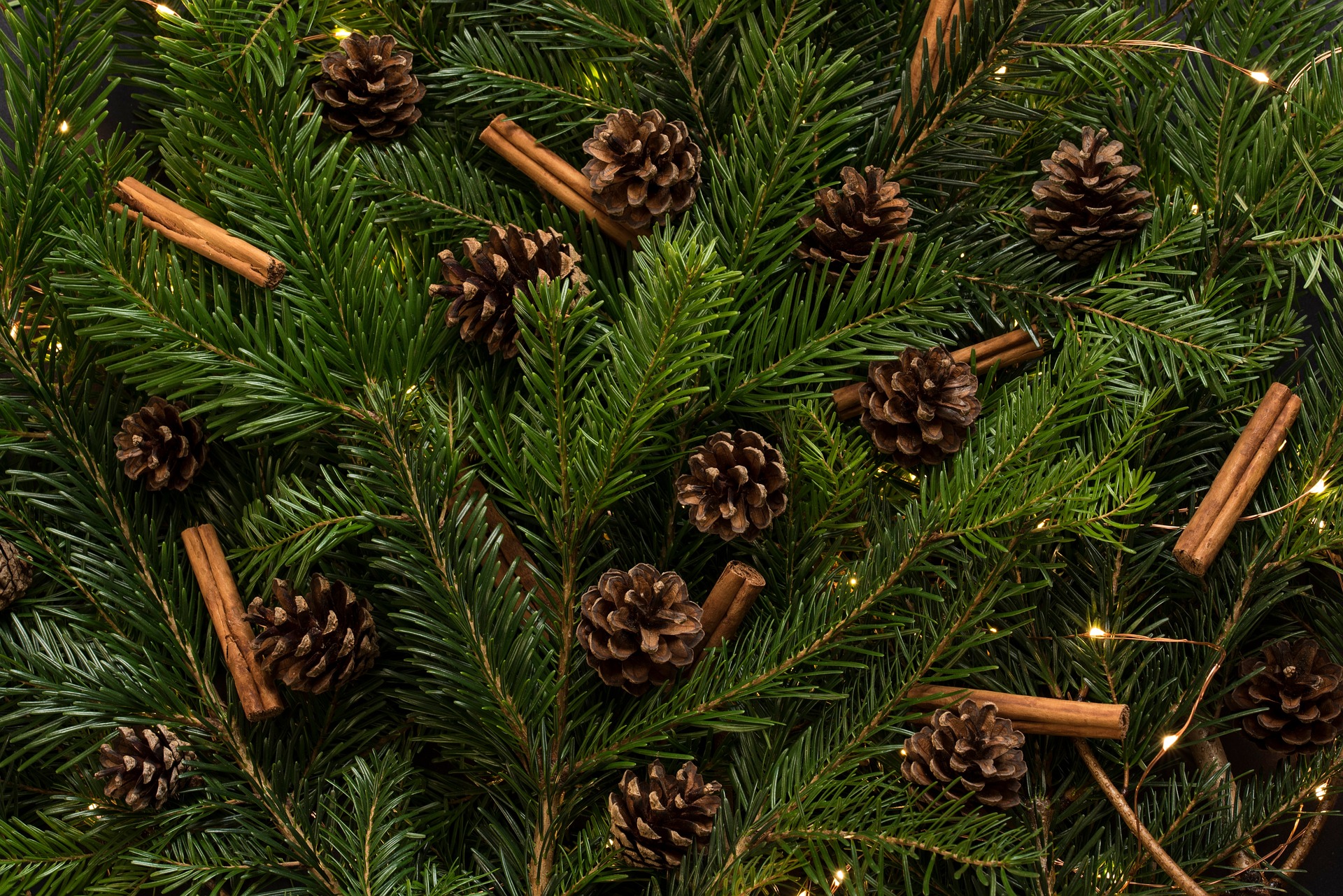
Sciences & Technology
A woody meadow in the heart of the city

A real tree needs to be grown and chopped down, while a plastic one can be re-used year after year – so which one is actually greener?
Published 20 December 2017
’Tis the season when many of us who celebrate Christmas ponder the merits of buying a real or artificial tree to decorate our home.
For many Australians, investing in a fake Christmas tree might appear to be a more eco-friendly approach; after all, they can be used year after year and don’t involve cutting down vegetation.
But according to the experts, when it comes to real versus plastic, the genuine article is greener in more ways than one.

The argument against buying real Christmas trees is that it necessitates chopping down living plants every year; however, in Australia, Christmas trees are primarily a species called Pinus radiata that are farmed specifically. Those cut down each year are replaced by new seedlings, and actually do plenty of environmental good during their lifetime.
Dr Chris Weston, an ecosystem ecologist who researches forest net productivity, nutrient and carbon cycles, says it’s “not surprising” some people believe artificial trees are preferable to real ones, but stresses that Christmas tree farming provides numerous environmental benefits.
“We’re not destroying native vegetation to grow Christmas trees. We’re putting them in on already cleared land for agricultural plantation purposes,” says Dr Weston, from the University of Melbourne’s School of Ecosystem and Forest Sciences.
“Australia has 2 million hectares of tree plantations that are planted in kind of an industrial style, plus we have several hundred thousand hectares of farmed forest. But of that 2 million hectares, around 700,000 hectares is Pinus radiata, and Pinus radiata is the major softwood timber or species that’s planted for timber in Australia.
“So, really, Christmas trees are like mini Pinus radiata that are grown for their Christmas value rather than allowing them to grow into big trees for their timber value.”
Plant hormones are applied in low concentrations to increase the tree branches, create denser needle foliage and a more conical shape.
As a researcher of carbon cycles, Dr Weston says trees are hugely beneficial because of how they convert carbon dioxide into organic matter through photosynthesis, thereby removing it from the atmosphere.
This process is called “carbon fixation”. Carbon fixed into organic matter isn’t released back into the atmosphere until the wood is burnt or decays.

“This could be years, decades, or even longer,” Dr Weston explains. “They also create organic matter that’s put into the soil and gives life to the soil.”
Additionally, growing Christmas trees helps filter the air, helping to remove aerosols, and provide habitats for insects and birds. And because they’re grown locally, they have potentially a smaller carbon footprint, and provide local agricultural jobs. By buying from a nearby grower, nursery or distributor, customers can minimise their ‘Christmas tree kilometres’, and support local industry.
Last, but not least, they’re 100 per cent recyclable and biodegradable.
“I like to say we can ‘re-use’ them,” says Dr Weston. “You could take the needles off by running your hand along the branch and add them as compost to your garden. You could cut the branches up and bury them in the back garden to sequester carbon. It lives on and has other uses.”
For those without gardens, tree recycling and mulching programs are another green way to dispose of trees, and some Christmas tree farms invite customers to return trees to be recycled post-December 25.
Professor Barbara Ozarska, also from Melbourne University’s School of Ecosystem and Forest Sciences, says while real trees are a renewable resource, fake Christmas trees are generally made of polyvinyl chloride (commonly known as PVC), a non-recyclable plastic that produces carcinogens during production.
“The artificial Christmas trees are both non-renewable and polluting,” she says. “Also, in order to actually create the needles, lead is often times used – and lead can have a number of significant negative health effects, including kidney, neurological, and reproductive system damage.”
Because most artificial trees are made in China, they have a greater distance to travel, and subsequently a significantly larger carbon footprint than home-grown Pinus radiata.

And while people might think they’re doing the planet a favour by purchasing a tree that can be used over and over, a 2009 study by Canadian consultancy firm Ellipsos – which took into account the resources expended and greenhouse gas emissions in producing artificial trees, plus human health ramifications – concluded a fake tree would need to be used for more than 20 years to be more sustainable than a natural one.
“The short answer is that artificial trees actually do more harm to the environment than cutting natural trees grown on farms,” adds Professor Ozarska.

Sciences & Technology
A woody meadow in the heart of the city
All in all, natural trees are the clear pick for consumers keen to make sustainable choices. And on top of having environmental advantages, they “provide an opportunity for education and experience”, says Dr Weston.
“It gives the family the opportunity to talk about the value of trees, and more generally to be a tool for education.
“I think the only drawback, once you get them into the house, is they’re a little bit more messy. They will tend to dry out and lose their foliage, lose their needles, but I can’t think of any real negatives for them. I can only think of positives.”
Banner image: Pixabay